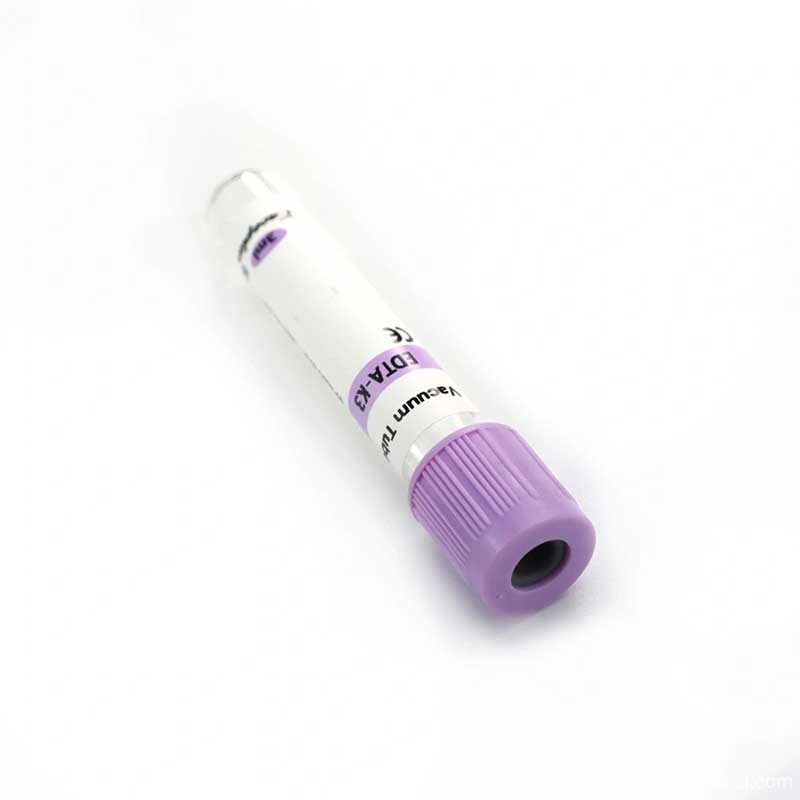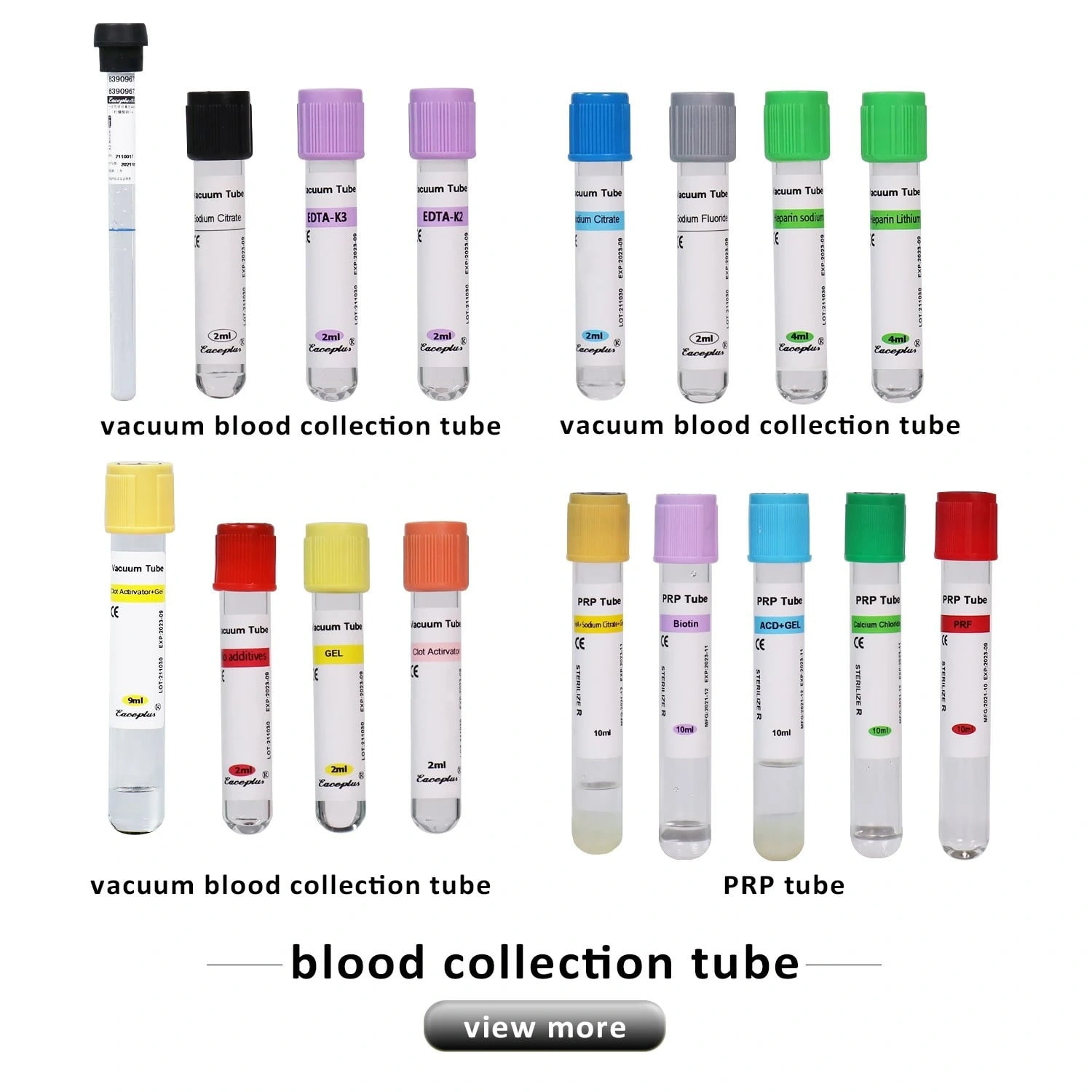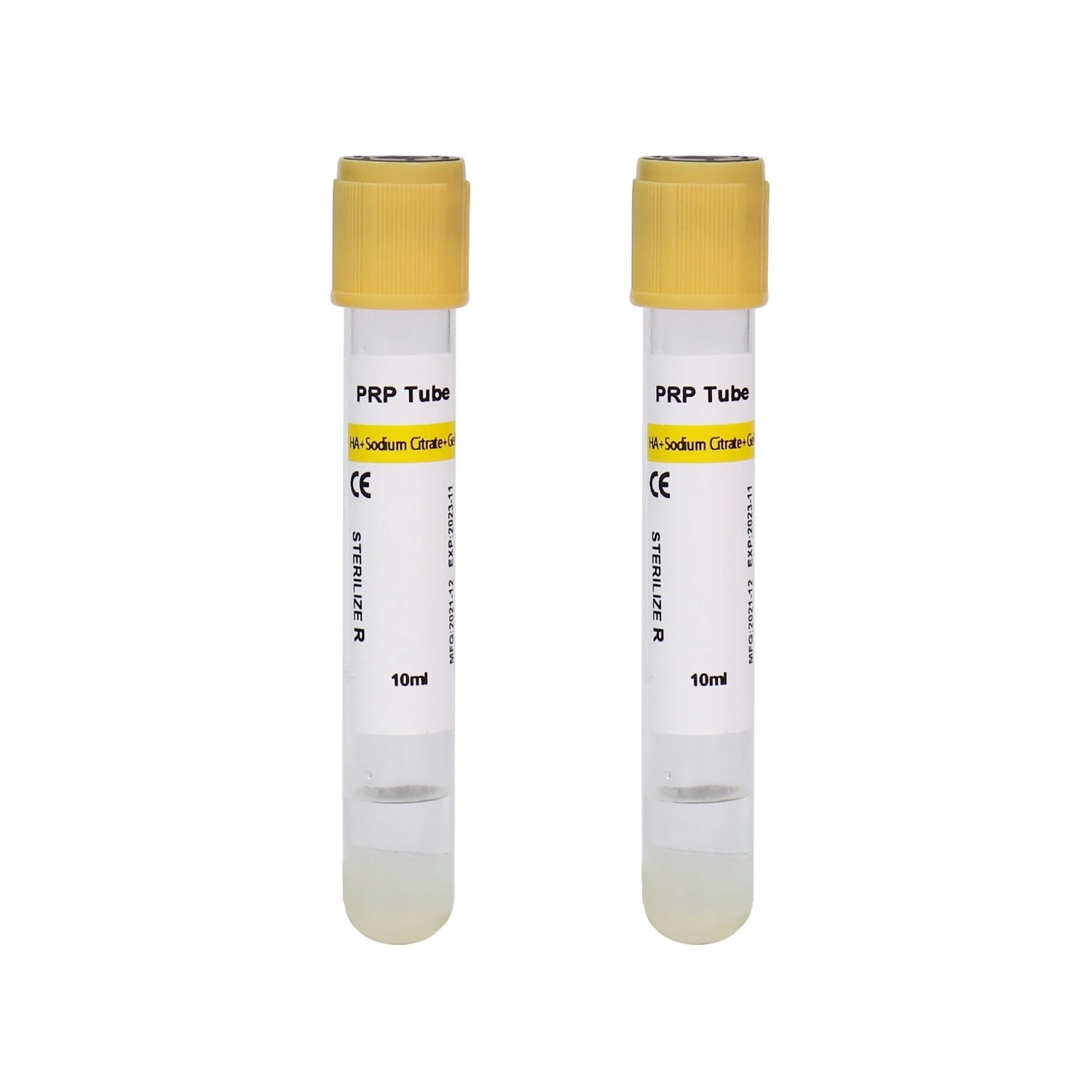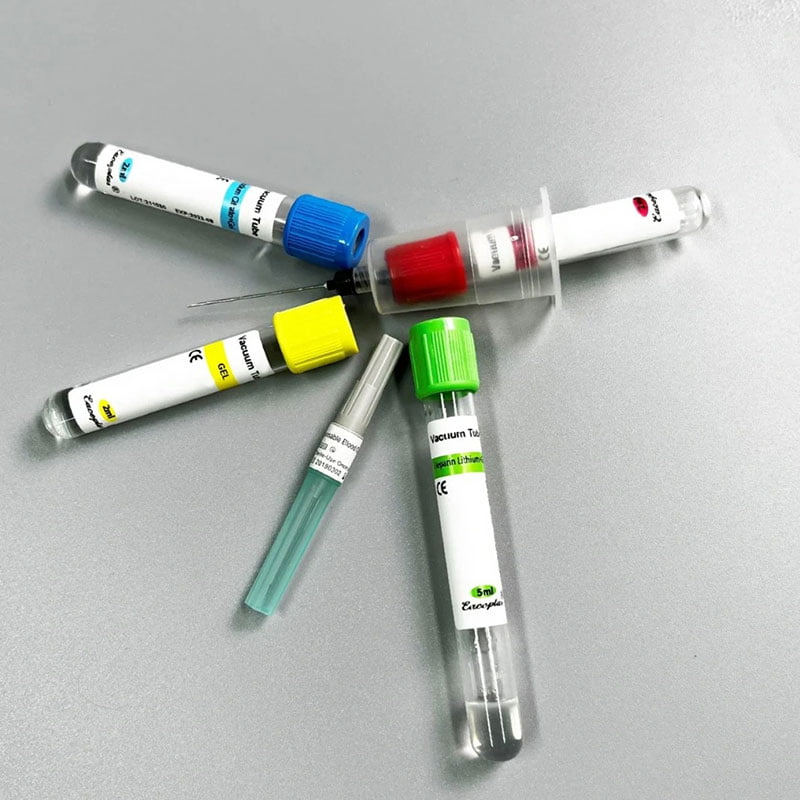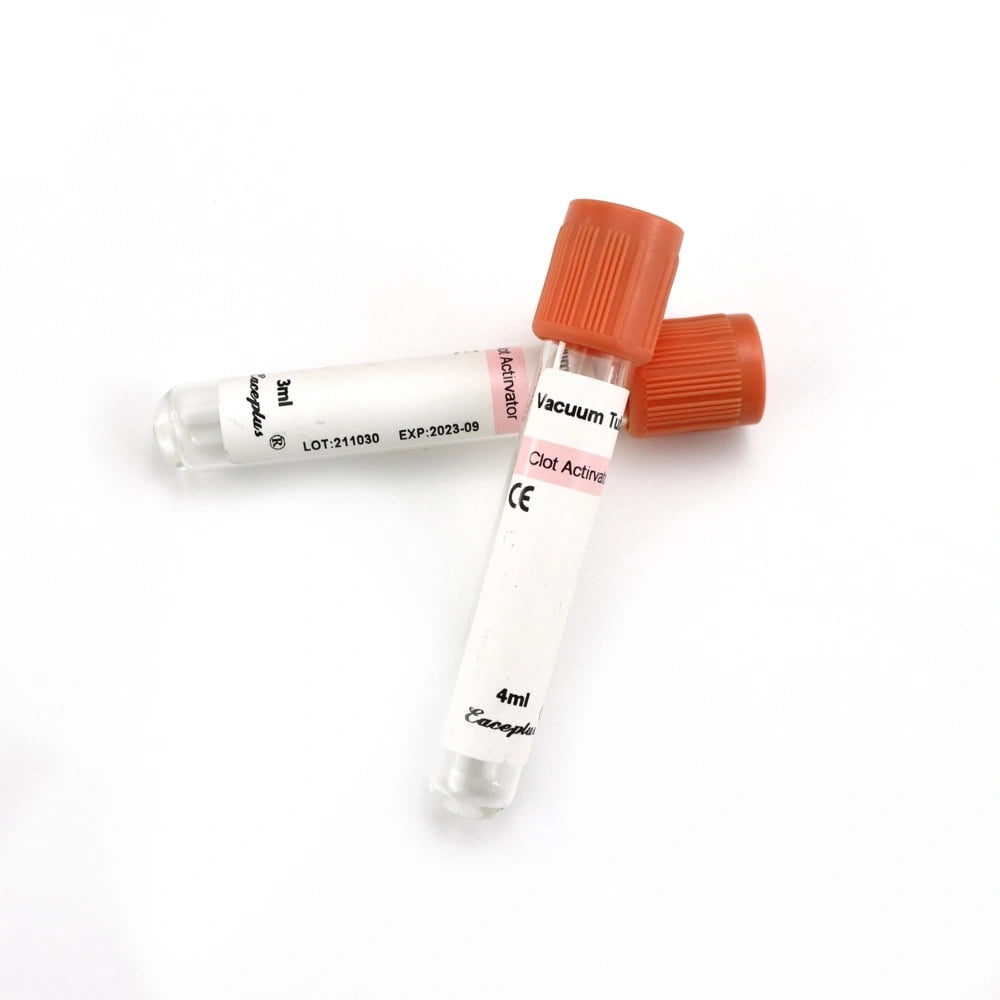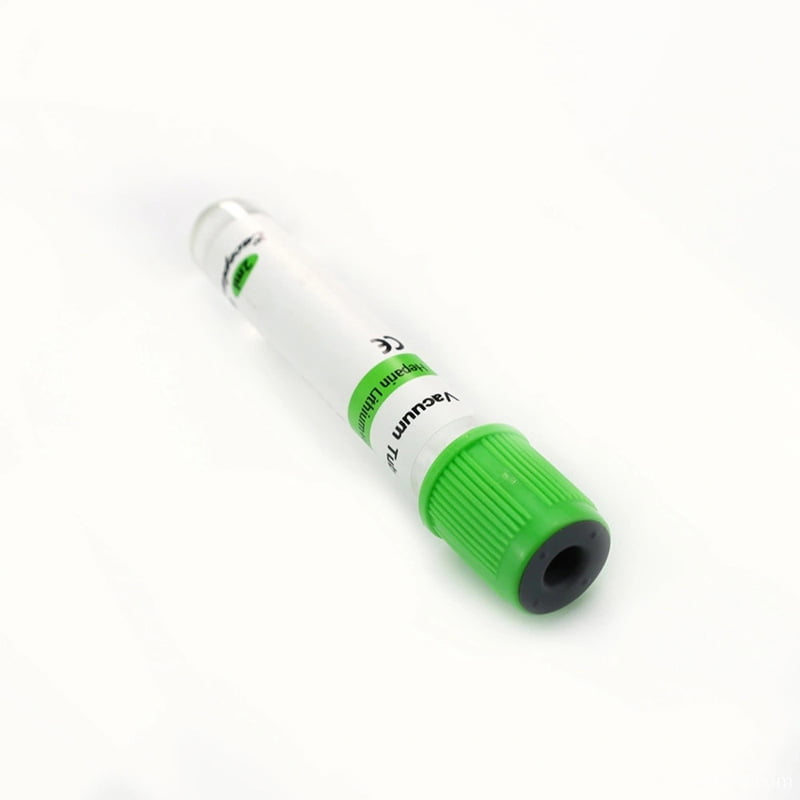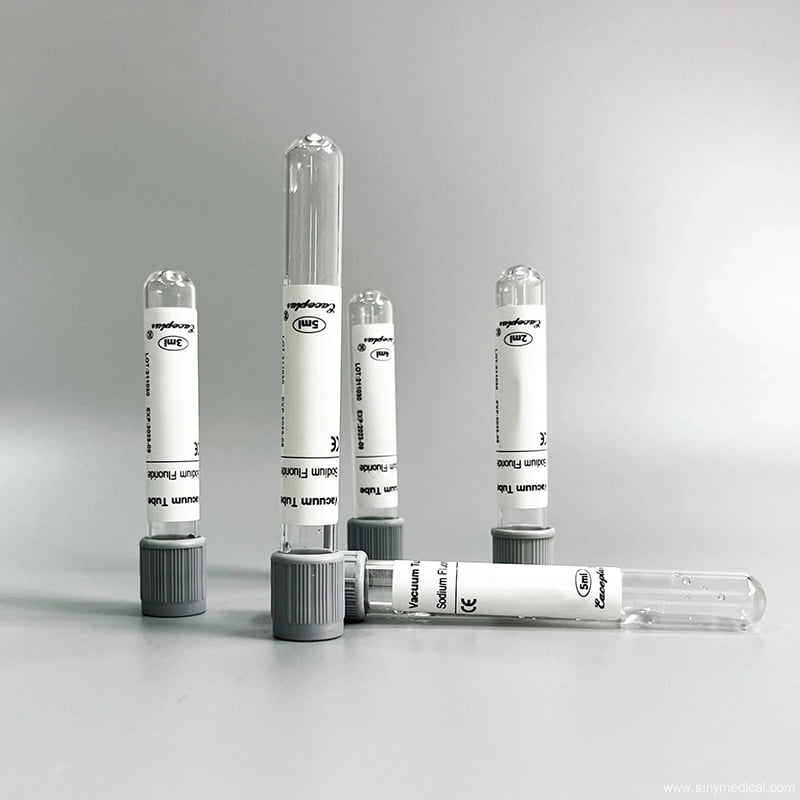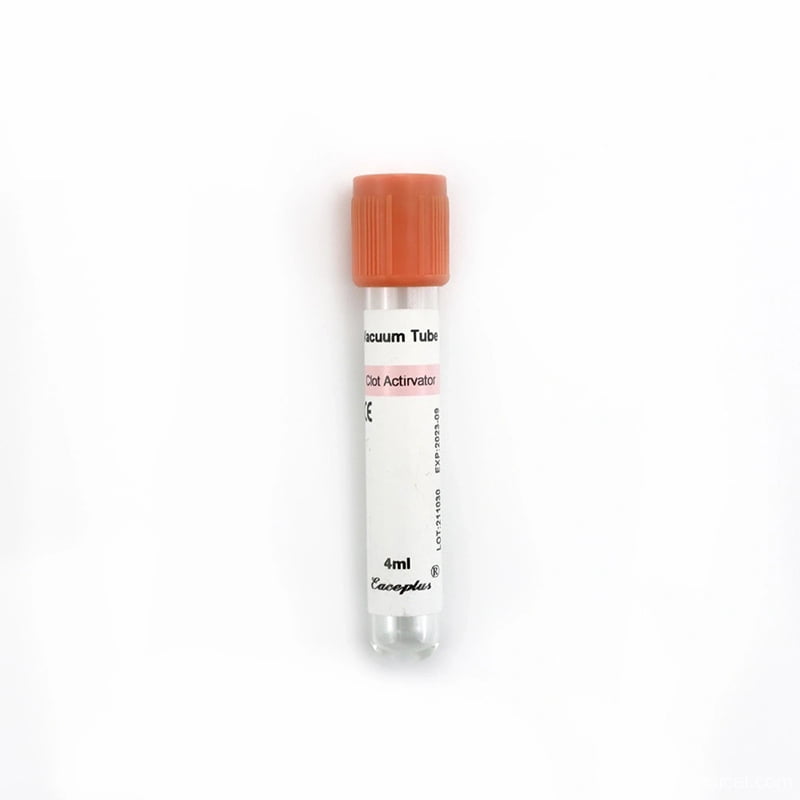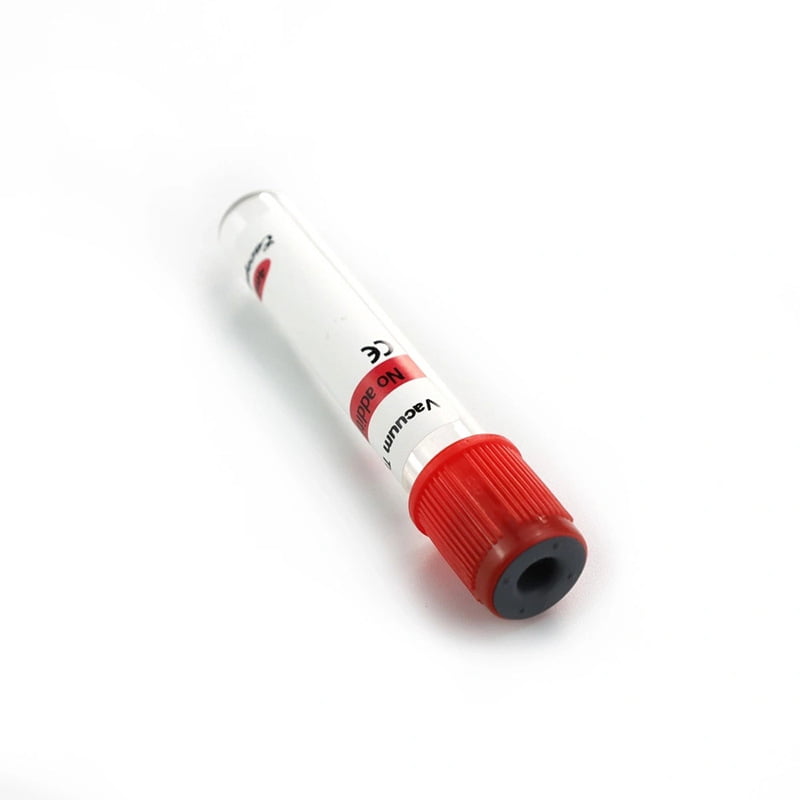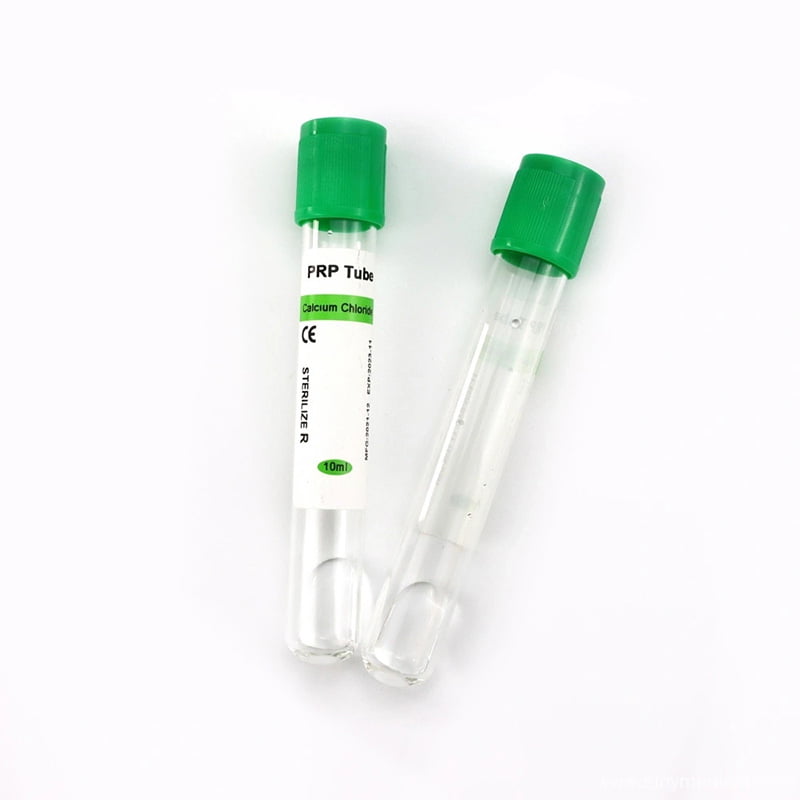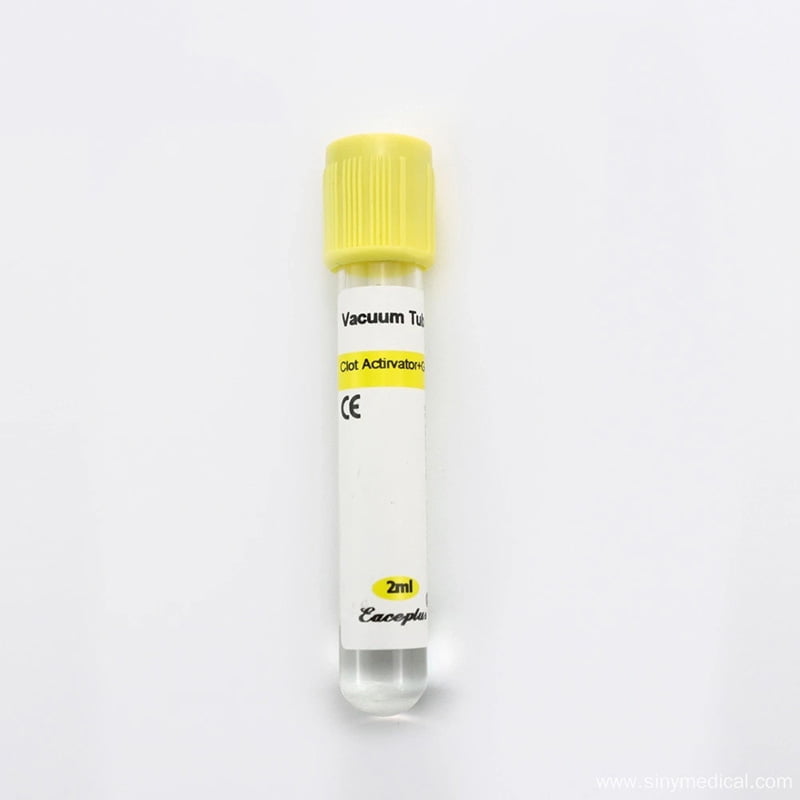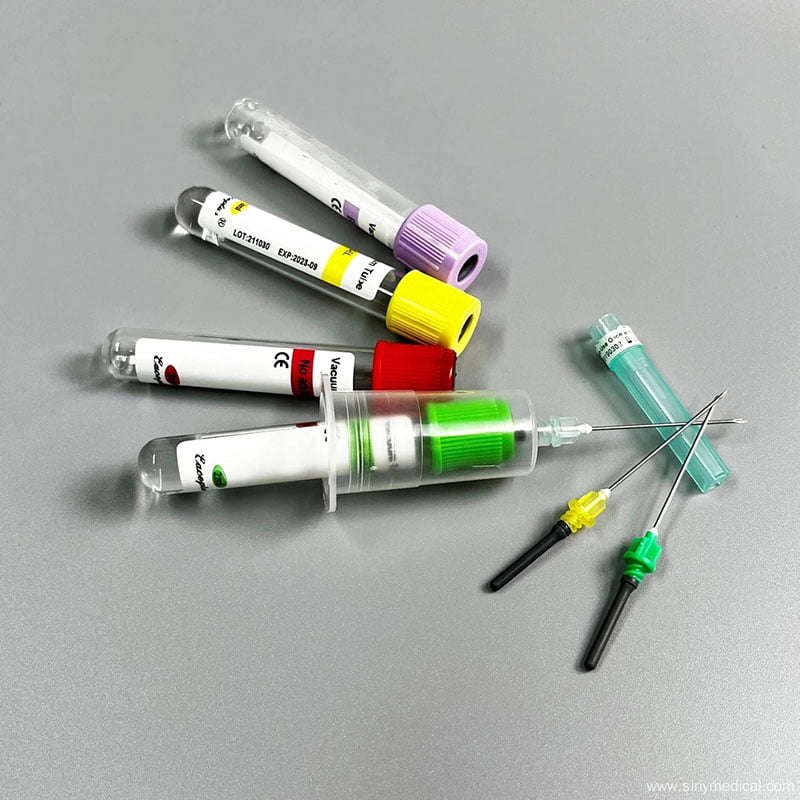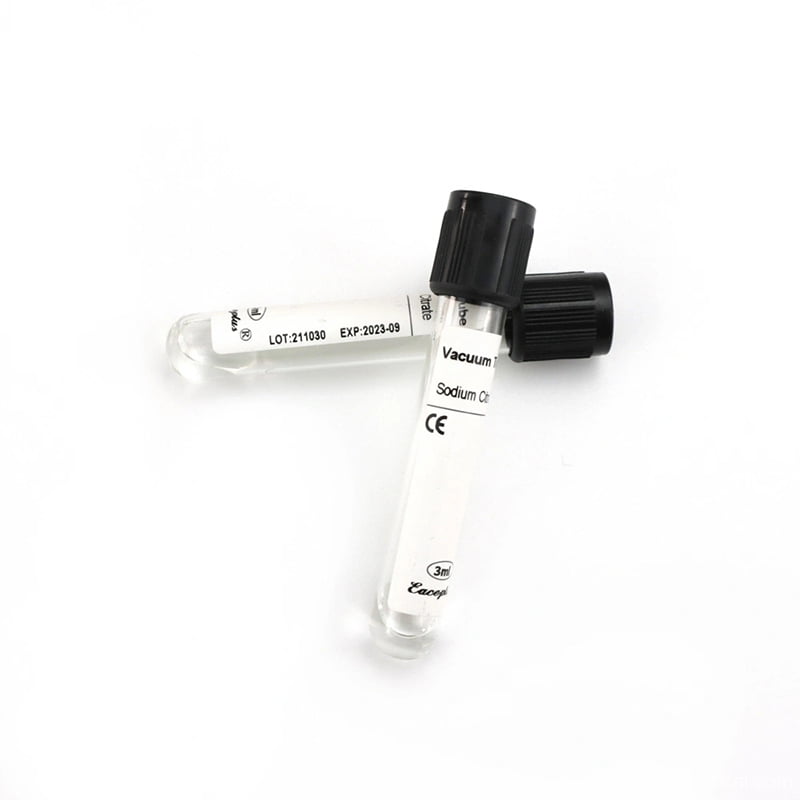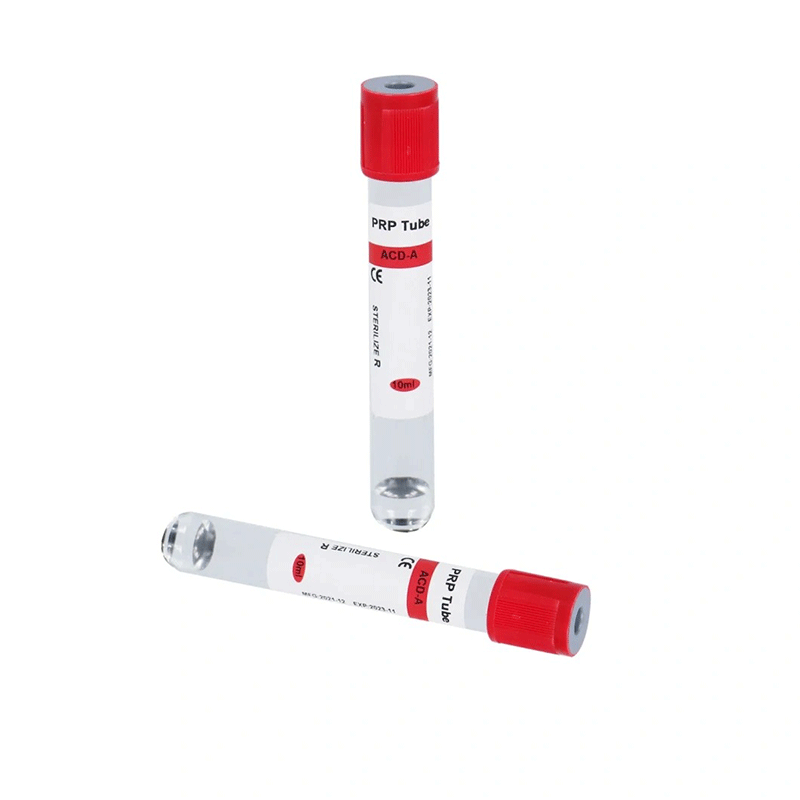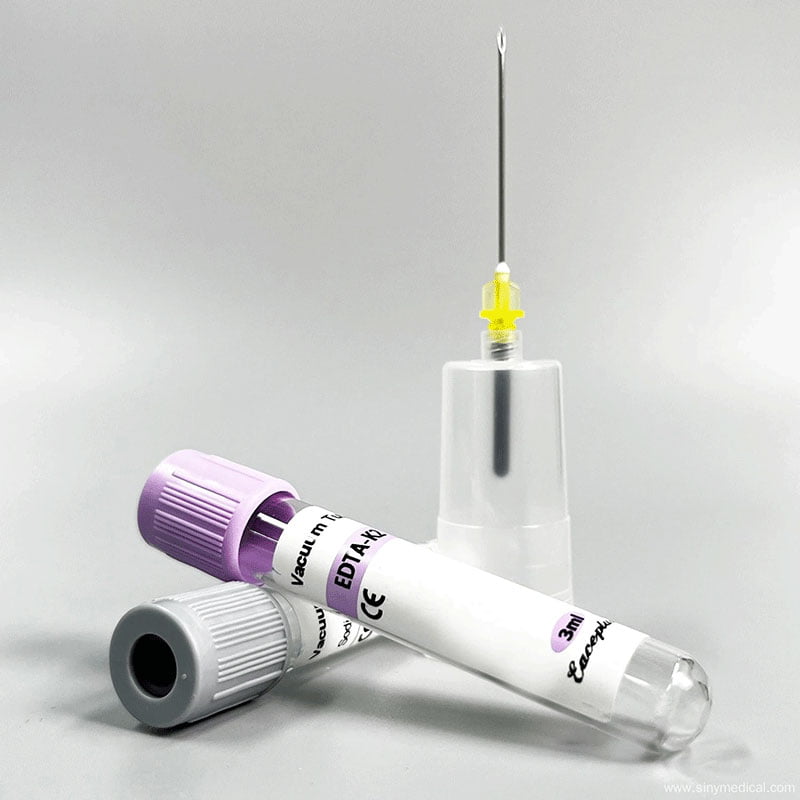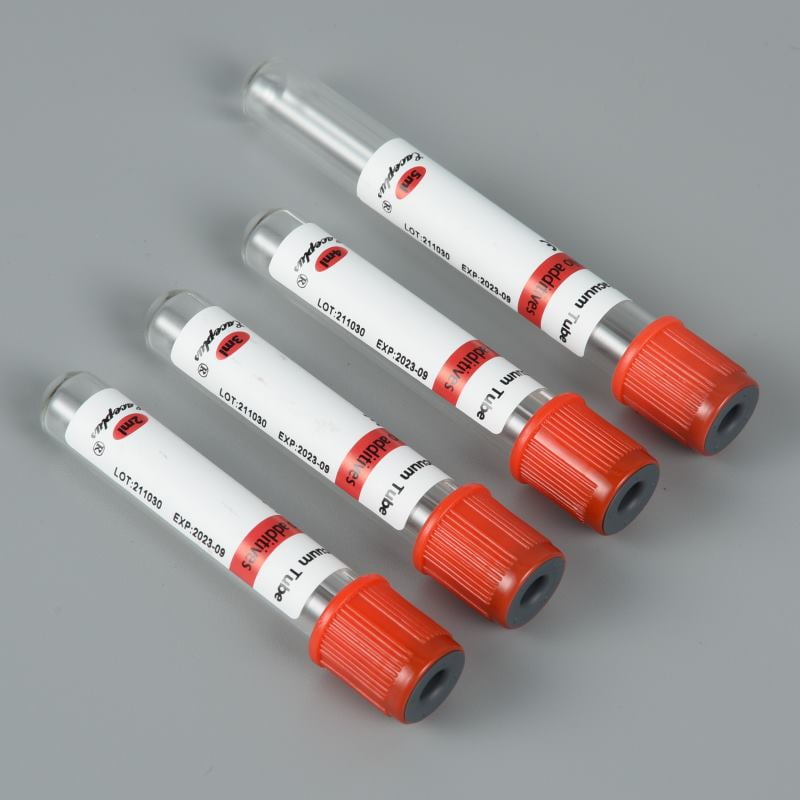One such tool, often overlooked but absolutely crucial, is the 10ml Sodium Citrate Tube. Designed with meticulous care, this blue-top vacuum tube plays a pivotal role in coagulation testing, ensuring reliability, speed, and consistency in diagnoses.
The 10ml Sodium Citrate Tube is pre-filled with a trisodium citrate solution—typically at a 3.2% or 3.8% concentration. It acts by binding calcium ions in the blood, effectively preventing clot formation long enough for laboratory analysis. These tubes are vital for prothrombin time (PT), activated partial thromboplastin time (aPTT), and fibrinogen testing, among others.
This article explores everything you need to know about these specialized tubes, including how they work, why the 10ml size matters, and how SINY Medical delivers exceptional solutions for global laboratories.
Table of Contents
Why 10ml Sodium Citrate Tubes Are Essential for Coagulation Tests
Coagulation tests such as Prothrombin Time (PT), Activated Partial Thromboplastin Time (aPTT), and Thrombin Time (TT) require plasma samples free from clotting interference. Sodium citrate, an anticoagulant, works by chelating calcium ions—a crucial factor in the clotting cascade.

Key Benefits of Using 10ml Sodium Citrate Tubes:
- Precise Anticoagulation: The 3.2% sodium citrate concentration is the CLSI (Clinical and Laboratory Standards Institute) recommended standard, ensuring consistency in coagulation testing.
- Optimal Fill Volume: The 10ml capacity allows for sufficient plasma yield, reducing errors from underfilled tubes.
- Gel Separator Option: Some tubes, like the 10ml Sodium Citrate Gel Vacuum Tube, include a gel barrier that separates plasma from blood cells, enhancing sample stability.
- Compatibility with Automated Analyzers: These tubes are designed for seamless integration with lab equipment, minimizing manual handling errors.
For more details on sodium citrate tubes, visit our 3.2% Sodium Citrate Tube category.
10ml Sodium Citrate Tubes vs. Other Anticoagulants
| Feature | 10ml Sodium Citrate Tubes | EDTA Tubes | Heparin Tubes |
|---|---|---|---|
| Primary Use | Coagulation tests (PT, aPTT) | CBC, DNA testing | Chemistry tests |
| Anticoagulant Mechanism | Calcium chelation | Calcium binding | Thrombin inhibition |
| Sample Type | Plasma | Whole blood | Plasma/Serum |
| CLSI Compliance | Yes (3.2%) | Yes | No for coagulation |
Sodium citrate tubes are irreplaceable for coagulation studies, unlike EDTA or heparin, which interfere with clotting assays.
How 10ml Sodium Citrate Tubes Work
Understanding the science behind these tubes helps in appreciating their role in coagulation testing.
Mechanism of Action
- Calcium Binding: Sodium citrate binds calcium ions, preventing the activation of clotting factors.
- Maintaining Plasma Integrity: By inhibiting clotting, the plasma remains suitable for analysis.
- Centrifugation & Separation: In gel tubes, centrifugation moves the gel barrier between plasma and cellular components, ensuring a clean sample.
Proper Blood-to-Anticoagulant Ratio:
- The 9:1 blood-to-citrate ratio is critical. Underfilling the tube can lead to excess citrate, falsely prolonging clotting times.
- Overfilling may dilute the anticoagulant, leading to microclots and inaccurate results.
For a deeper dive into sodium citrate’s role in blood collection, read The Power of Sodium Citrate Blood Collection Tubes.
Material and Safety Compliance
All SINY Medical’s tubes are made from medical-grade PET plastic and feature latex-free stoppers, making them safe for patients with allergies. Furthermore, they meet ISO 13485, FDA, and CE requirements—guaranteeing both sterility and reliability.
Vacuum Technology and Tube Integrity
The precise vacuum pressure in each tube draws exactly 10ml of blood, maintaining the correct anticoagulant ratio. This system eliminates the guesswork from sample collection and promotes better lab automation compatibility.
Conclusion
Using 10ml Sodium Citrate Tubes ensures accuracy, safety, and consistency in coagulation testing. These tubes deliver clinical excellence whether you’re running PT, aPTT, or specialized PRP processing. They support higher sample volumes, adhere to global testing standards, and ensure reliable diagnostic outcomes.
Backed by the quality manufacturing practices of SINY Medical, laboratories can trust these products for every draw.
For more details or bulk inquiries, Contact Siny Medical directly today.
FAQs
What is the purpose of 10ml Sodium Citrate Tubes?
They collect blood while preventing it from clotting, allowing for accurate coagulation testing.
How does sodium citrate differ from EDTA?
Sodium citrate works best for coagulation studies, while EDTA serves hematology tests.
Can I use 10ml tubes for pediatric patients?
Healthcare professionals typically use smaller tubes (2–5ml) for pediatric collections to prevent iatrogenic anemia.
What happens if the tube is underfilled?
The altered anticoagulant-to-blood ratio produces unreliable test results.
How soon should the sample be tested?
Ideally within 2–4 hours, depending on the test type and lab protocol.
Are these tubes reusable?
No. They are single-use, sterile, disposable medical devices.

